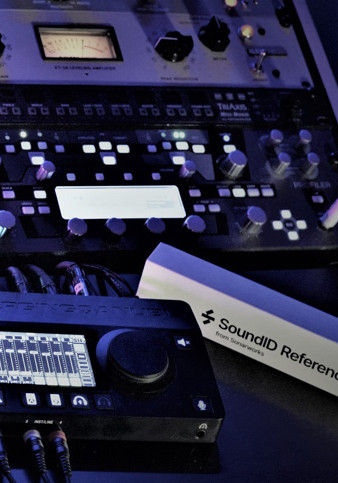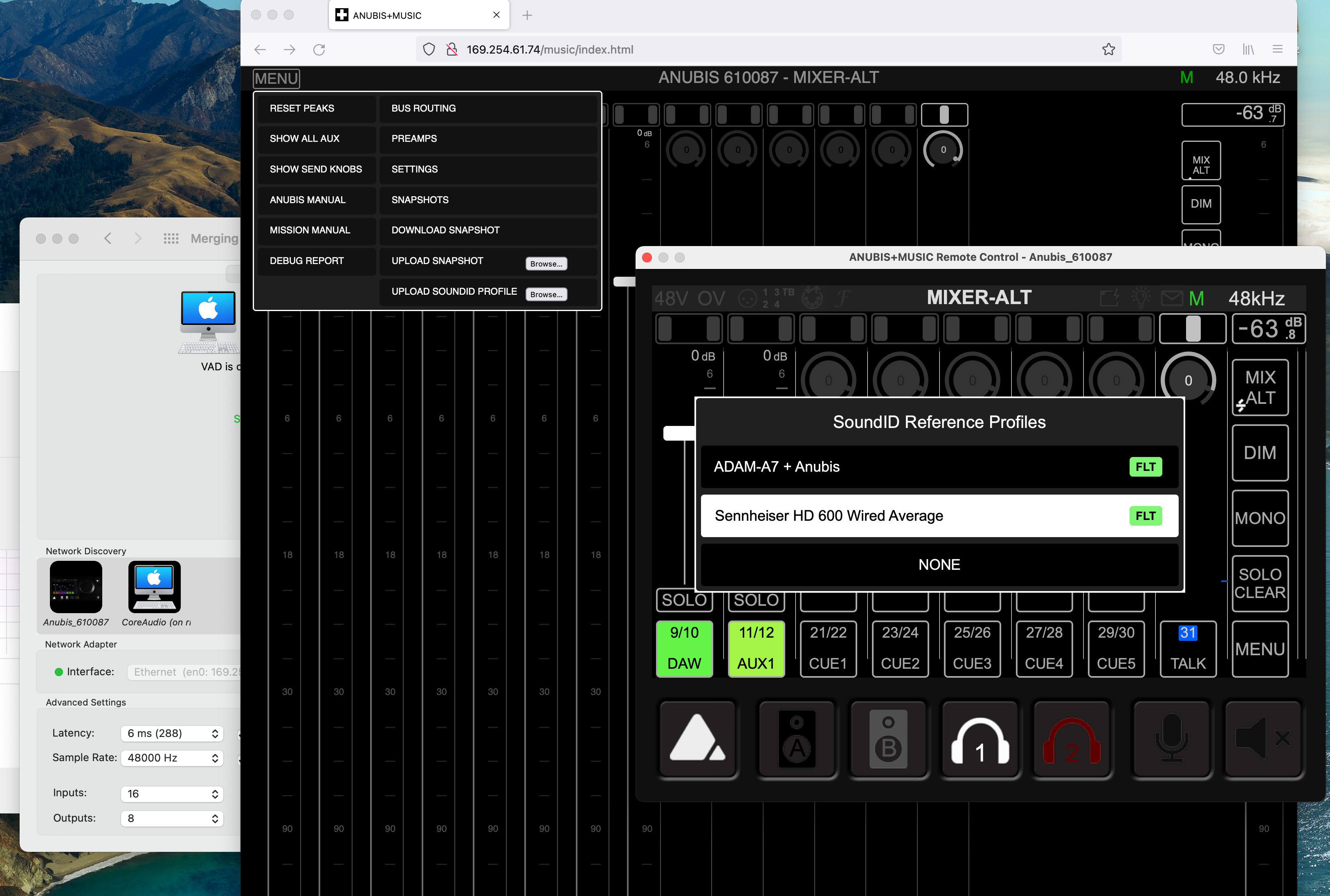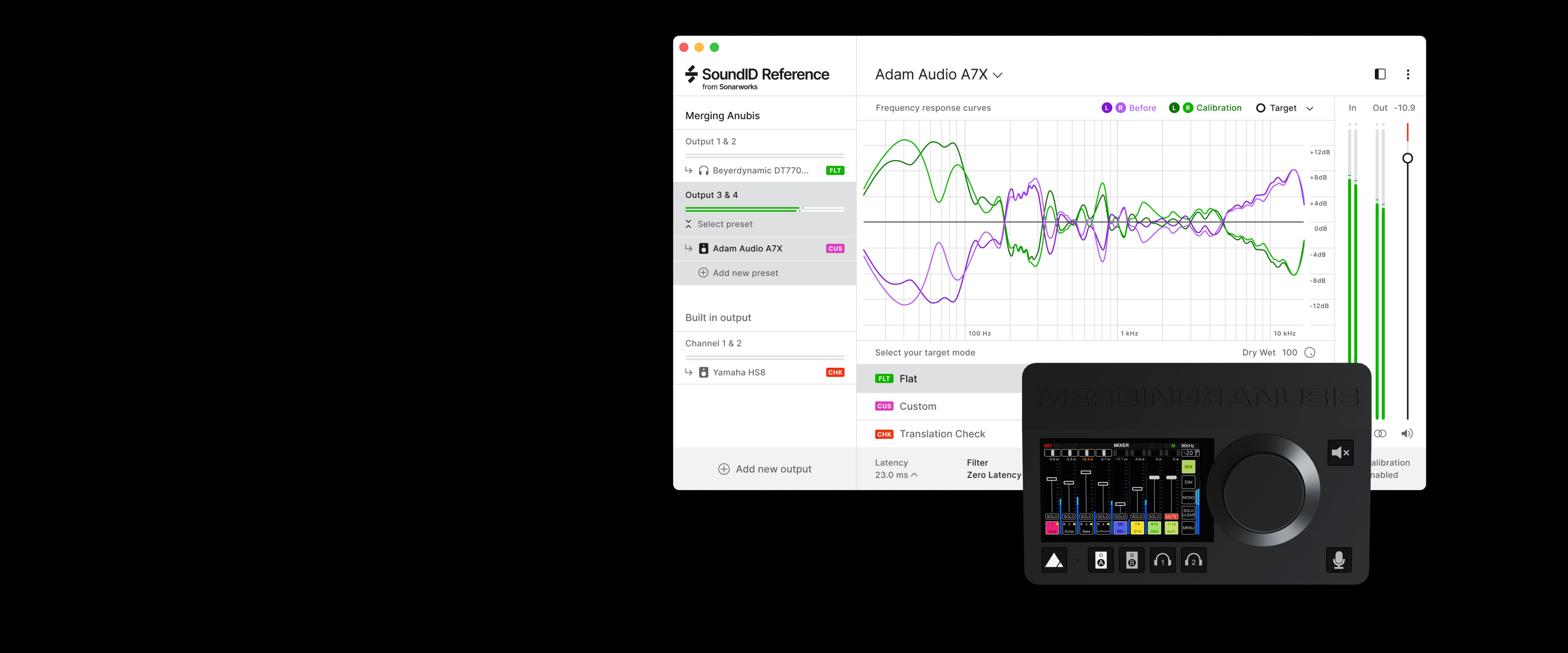This was a really good idea which I’m sure more than a few people have suggested in the past. More importantly, these two companies took onboard this great idea and have come up with a really excellent solution to the modern scourge of latency and far-from-ideal acoustic environments.
Both of these products I use in my own studio setup, and I’ve reviewed them both on previous occasions for Headliner’s Spotlight Reviews section. So when I heard that this top secret collaboration was about to reach fruition, I just had to get hold of their relevant Beta versions and have a play with it.
Far from Ideal
The pandemic signalled a major change in work habits. Suddenly everyone was working from home, studios had closed or had restrictions on how many people could congregate in a given space, hence mix engineers and producers started to move their equipment into makeshift home studios. Not to be outdone, musicians and creatives – devoid of social interaction, the ability to perform and more importantly the usual channels of collaboration – took to communicating over zoom, WhatsApp and Messenger and swapping ideas, files and stems via WeTransfer, Google Drive and Dropbox.
Amidst all the upheaval and while the bottom had literally fallen out of the live sound industry, the sale of digital home studio equipment saw a sudden growth, and the boom in digital interfaces along with the continued growth in Apple Mac sales and steady sales of musical instruments has ushered in a new respect for the do it yourself, creative generation.
The thing is, kitchens are for cooking in, living rooms are for watching television in, garages are for cars and bedrooms are for…well sleeping in unless of course yours, like mine, has a small studio setup in the corner which, let’s face facts, is far from ideal! Acoustically, sticking any audio source in a symmetrical style box is bad news, which is why professional studios tend to be interesting shapes with plenty of angles, acoustic baffles and curved surfaces.
The Solution
Of course you could treat your room by carpeting the walls or hanging baffles from the ceiling, but there’s a much simpler and more cost effective way to do this. Load Sonarworks SoundID Reference on your computer and either use the package with the included mic if you have a set of speakers, or download the profile for your set of headphones and turn them into a reliable source for monitoring and mixing your projects. However, when you use it as a memory resident system-wide sound device it adds a fair amount of latency.





